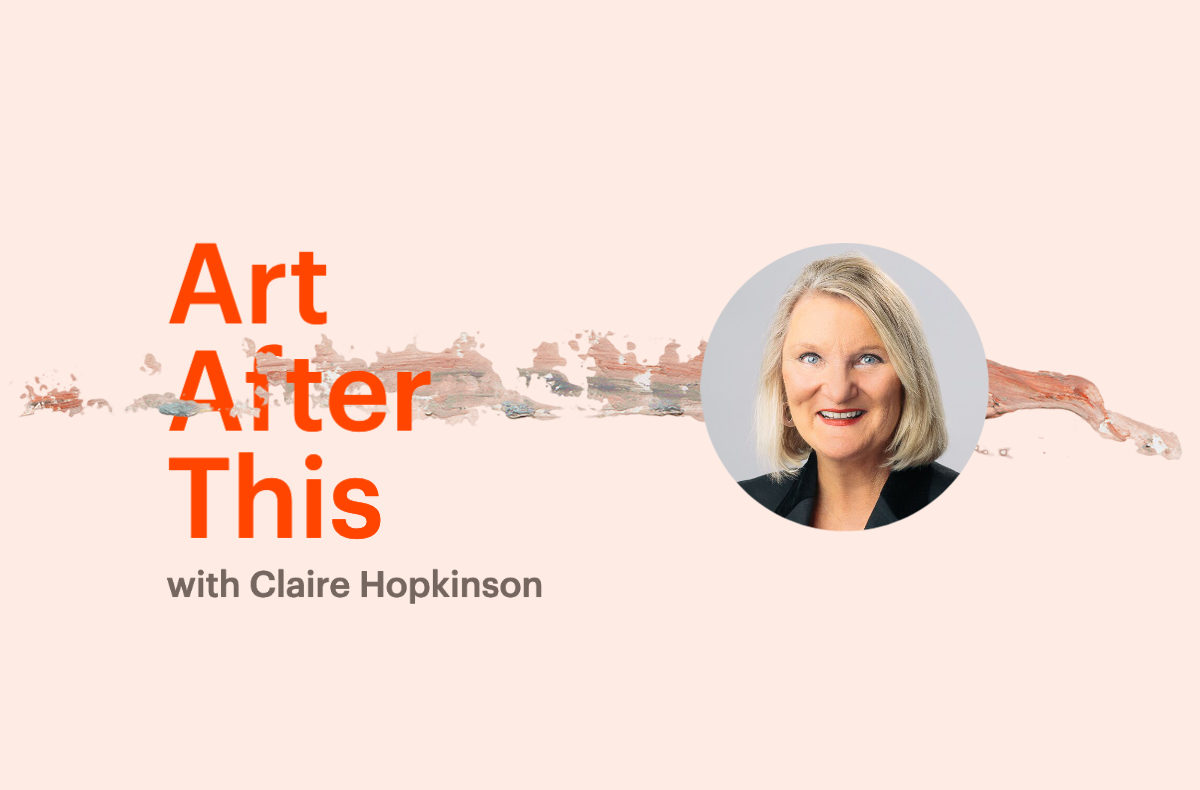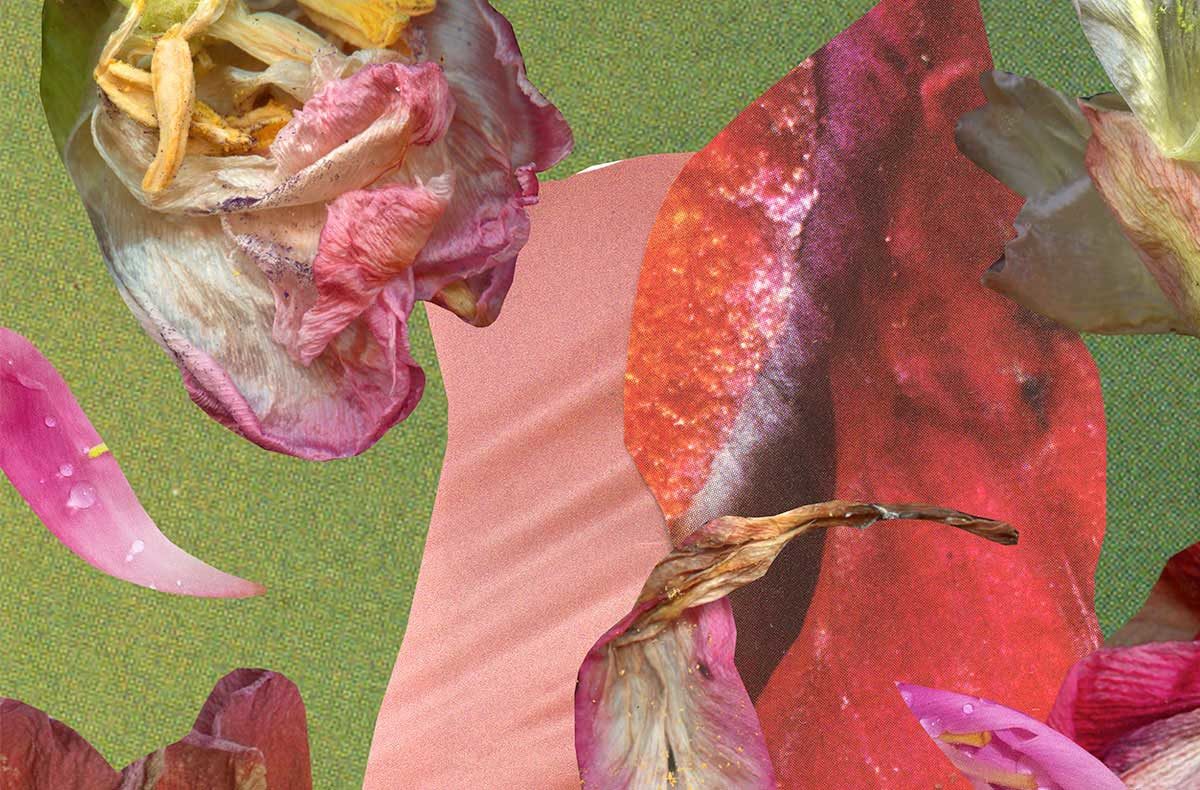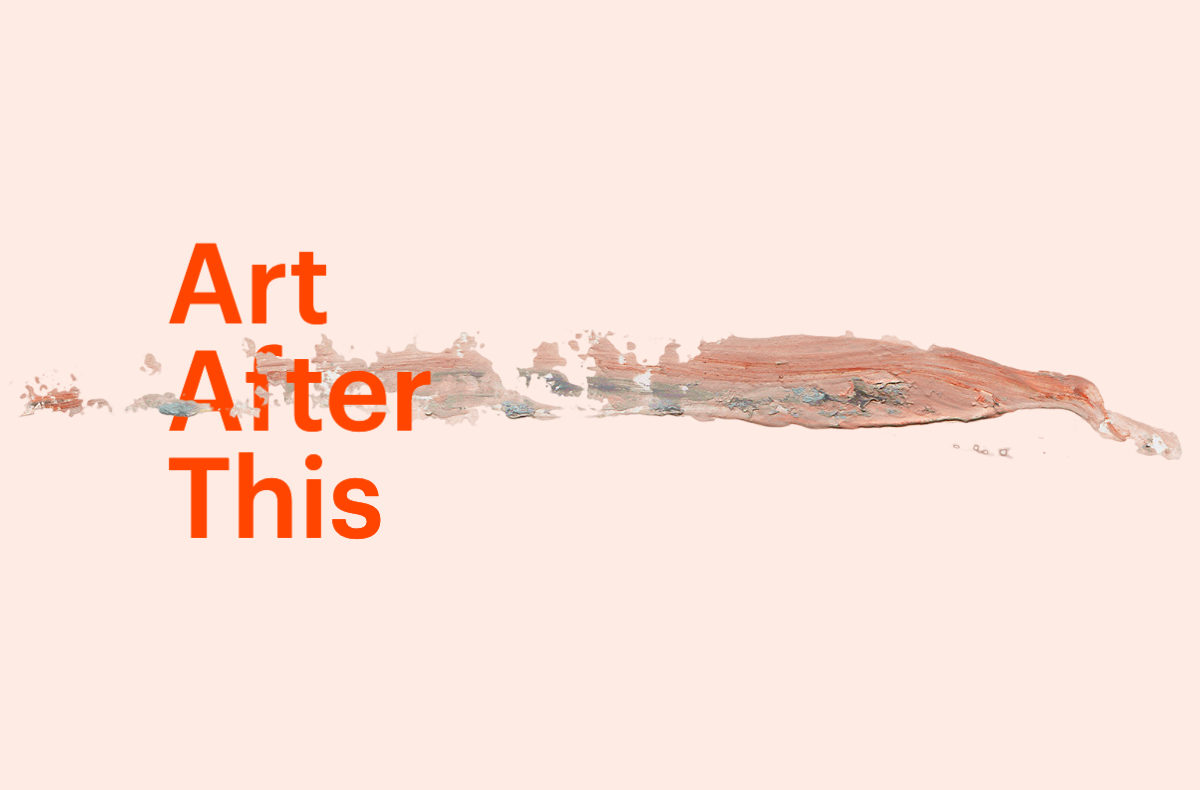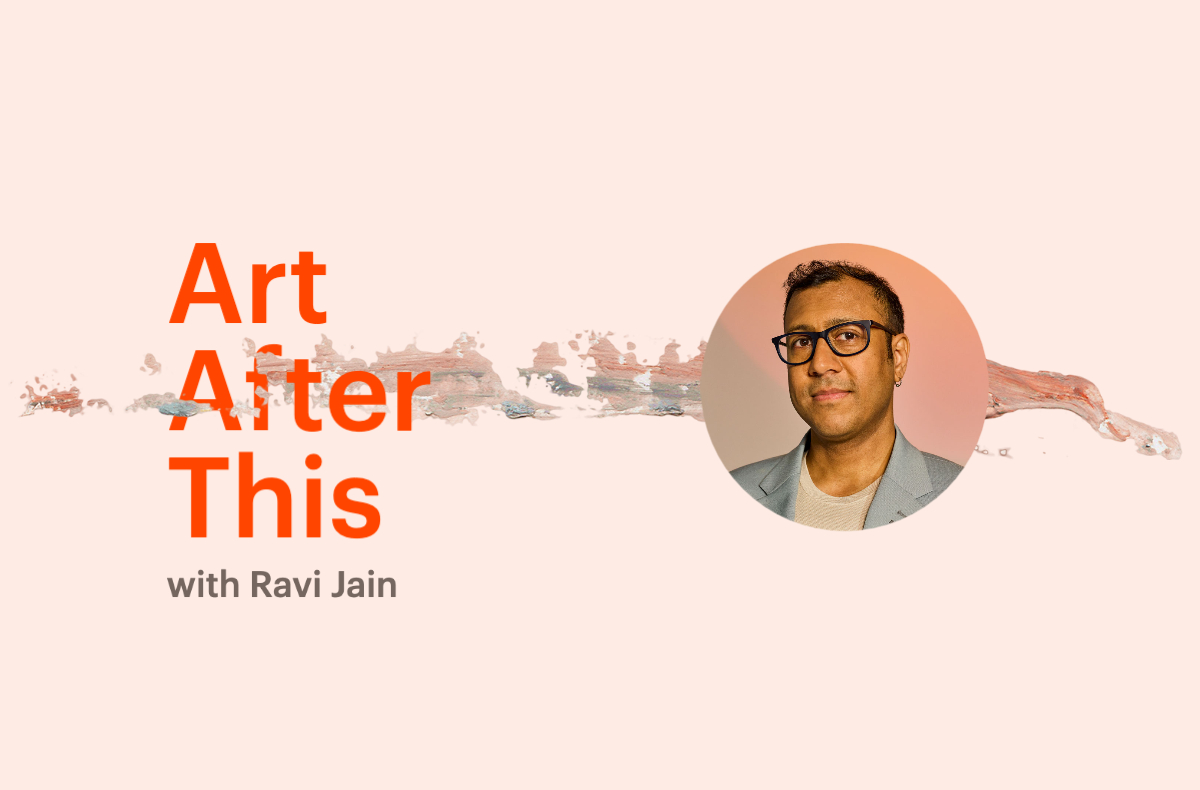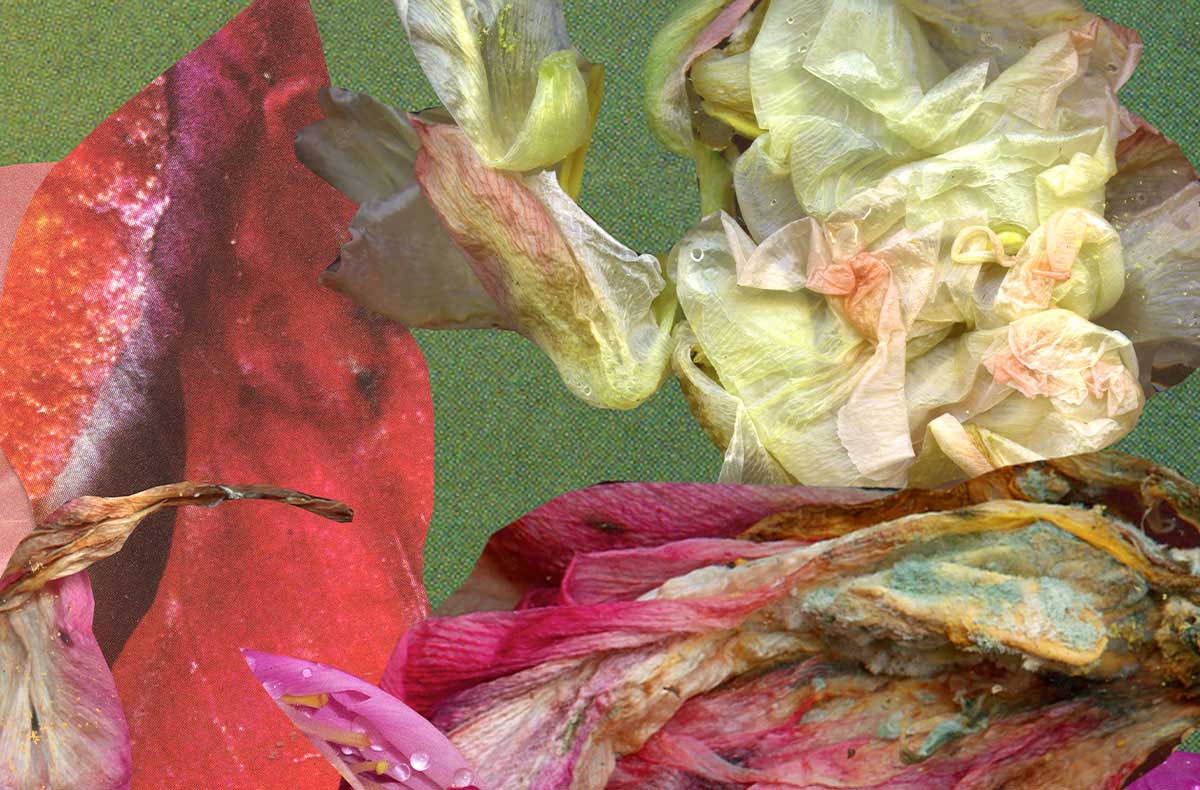By David Maggs, Metcalf Fellow on Arts and Society
In my last dispatch, I couldn’t help but poke the proverbial bear of arts funding in Canada, taking a prod at the infamous distinction between operating funding and project funding that divides most municipal, provincial, and federal funding schemes. As expected, it prompted some impassioned responses. What am I trying to accomplish here, anyway?
All I want is a good sense of why we have this system. If it serves a vital purpose in securing the broader stability of the sector, great. If it’s a special class of organizations that have fallen into the good fortune of getting a better deal without delivering a broader impact, not so great. In the hopes of laying to rest my potentially annoying curiosity around this issue, I was lucky to spend a few hours chatting with the recently retired Director and CEO of the Toronto Arts Council, Claire Hopkinson.
“I like your ‘ecosystem or zoo’ metaphor,” she said, referring to the title of the previous post, “but I prefer the image of a garden. We need the greenhouse, where new things can be nurtured, and we need the field, where things grow and mature, and then think of the cross-fertilization in a place like that?”
“But what about when something is ready to leave the greenhouse and there’s no room in the field?” I ask, jumping in with my trusty objection, “and the field is full of big old trees blocking out the sun?”
“It’s not a perfect system,” she agrees, “there isn’t enough money to go around.”
Recently, Hopkinson has done something I find pretty miraculous. She has retired from a long and distinguished tenure as the head of a major arts funder universally admired. “Before I was a funder, I was a producer,” she explains. “I worked on experimental, hybrid, Canadian creation projects within an opera world bent on producing old European masters. I know how impossible it is to do this work — I wanted to make it a little less impossible.”
Having comforted my uppity-ness, she continues on our theme for the day. “We don’t have a new deal, we’re still working on the assumption that an organization gets a third of their revenue from sales, a third from donors and sponsors, and a third from grant funding. In Canada that only works for particular companies. It takes a long, long time to cultivate a donor and there aren’t that many markets here that reward adventurous creativity with strong box office.”
I am looking through the Zoom screen still waiting for the penny to drop.
“Operating [funding] came into this world because the sector wanted stability,” she continues. “Are there many deserving it who can’t get in? Are there some who have it that need to do more to deserve it? Of course. But I have seen so much change over the years. When I was working as a producer for Tapestry Opera, I stepped onto the elevator at the national opera conference and people wouldn’t speak to me. I was that new guy that was going to take their Canada Council money away! We were the angry ones back then, demanding to know when Canada was going to pay attention to Canadian art?”
Hopkinson pauses long enough for me to ask the question behind my widening grin. “You mean back then the sector was full of frustration over how well cultural funding reflected Canada’s cultural needs and realities?”
She laughs, but makes a careful distinction. “There were gatekeepers then and there are gatekeepers now — but I have seen so much change over the years. Now, the gates open. Maybe you have to knock, but gatekeepers today know it’s their job to figure out how to open their gates, not keep them closed.”
But what does this have to do with our topic? We all know those steady operating clients that keep trotting out the same material, year after year, or others working in ways that serve long outdated habits rather than immediate sectoral needs. And we know those emergent, vital forms working to regenerate the bond between communities and the arts aren’t going to survive the post-pandemic world on project funding in its present form. Why is she telling me how friendly the gatekeepers have become?
“They create partnerships. They use the stability of the mature organization to host the energy of those emerging creative forces. There are so many more partnerships now than there ever were. It’s an entirely new world. Against the Grain and the Canadian Opera Company? CanStage and Red Sky? How do you marry the resources of an organization that has spent 50 years wooing donors and keeping audiences engaged with the energy of the next generation and the brilliance of those who’ve been working in different ways?”
“And that’s enough?” I ask.
“Look, David, I spent years building relationships between composers and librettists, it was like running a speed dating service for introverts with a healthy sense of their own self-importance, just trying to find those couples that spark! It works when there are differences in the room. A composer doesn’t need a composer to write an opera. A librettist doesn’t need another librettist. The question we need to ask, as funders, as leaders, is how we take this imperfect system, marked by lots of differences, and maximize its strengths? How do we support more and more of that exchange — helping great minds meet other great minds of goodwill, generosity, and curiosity?”
Hopkinson looks through the screen with the same sincerity and care she has shown this sector over decades of fostering creation in so many forms and in so many places across the GTA. “If we can make that happen?” she says, knowing our time is running out, “we get evolution instead of revolution, and to my mind, that’s the better way.”


